Mobilizing & Weaving
In Boundary Spanning Leadership, Ernst and Chrobot-Mason talk about Mobilizing & Weaving – two key aspects of LAPH Phase II, Ideation. Through the "mobilizing" work that we do, we develop communities that can move the work forward. This process has five tactics:
Craft a galvanizing mission, vision, or goal that rallies groups to take collective action.
Build shared identity by identifying common, inclusive values.
Develop a culture in which everyone belongs.
Craft shared symbols or artifacts to represent who "we" are and what "we," as a collective, believe.
Narrate stories in which everyone plays a part.
All these tactics are familiar and serve as a great reminder of the leadership it takes to mobilize communities around population health improvement work!
The second leadership tactic related to Phase II is Weaving. The authors note that, "...the practice of weaving enables leaders to draw out and integrate group differences within a larger whole." There are five tactics to weaving:
Clear the path for the larger collective goal.
Let different groups be different groups—capitalize on differences.
Connect the dots to larger collective goals.
Foster an interdependent group of groups.
Create interdependent goals that groups cannot achieve on their own.
Being an artful "weaver" is key to intersectoral leadership and to the implementation of your Applied Health Leadership Project!

